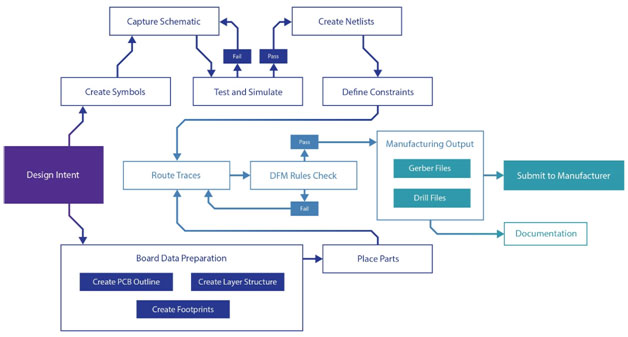Failure of QFN Joints
 Assessments are needed for new parts and alloys to ensure reliability.
Assessments are needed for new parts and alloys to ensure reliability.
Solder joint failure on QFNs may occur for several reasons. These include:
- Differential thermal expansion of board and component.
- Flexure or drop testing substrates.
- Conformal coating/encapsulate expansion.
The rate at which solder joints have been found to fail is due to thermal expansion of the solder alloy, joint height, temperature range, size of package, and size of die in package. These reasons for failure also relate to the product design and substrate thickness. To confirm product reliability for a specific environment, engineers need to undertake reliability assessments on any new component types and alloy combinations. The SEM images (FIGURE 1) were taken after 1000 cycles between -55° and 125°C with no apparent visual damage. Microsections did detect some level of cracking in selected joints. It’s fair to say many of these packages are used today, but when the package size increases, often the basic reliability questions are not being asked.

Figure 1. SEM images after 1000 cycles between -55° and 125°C show no apparent visual damage, but microsections later revealed cracking.
These are typical defects shown in the National Physical Laboratory’s interactive assembly and soldering defects database. The database (http://defectsdatabase.npl.co.uk), available to all this publication’s readers, allows engineers to search and view countless defects and solutions, or to submit defects online. To complement the defect of the month, NPL features the Defect Video of the Month, presented online by Bob Willis. This describes over 20 different failure modes, many with video examples of the defect occurring in real time.
is a consultant at the National Physical Laboratory (npl.co.uk); martin.wickham@npl.co.uk. His column appears monthly.




